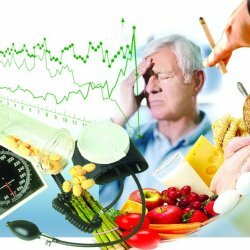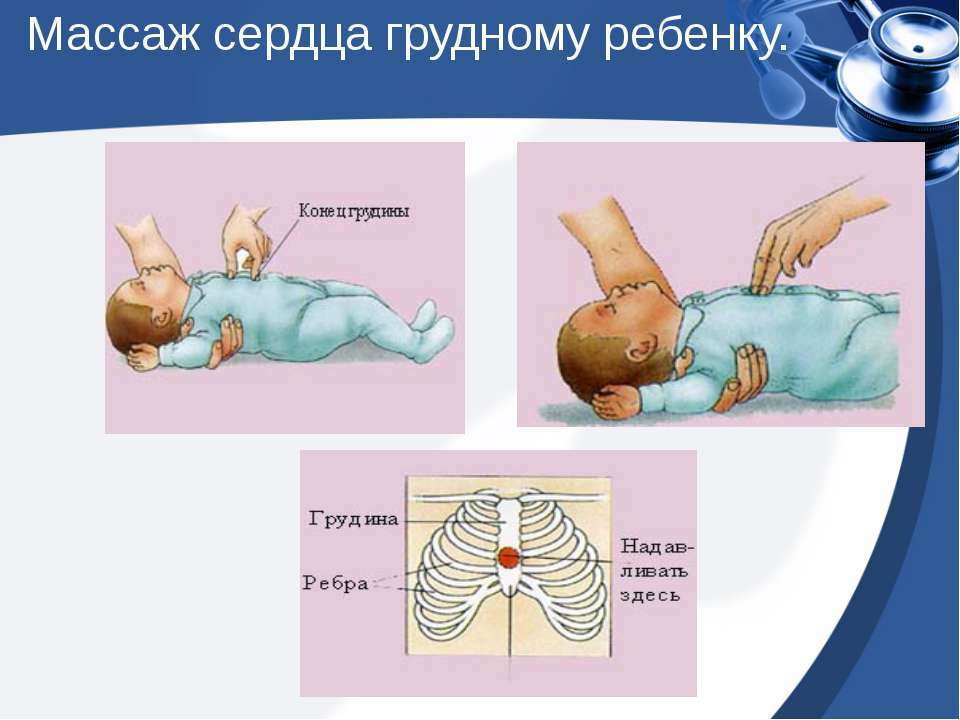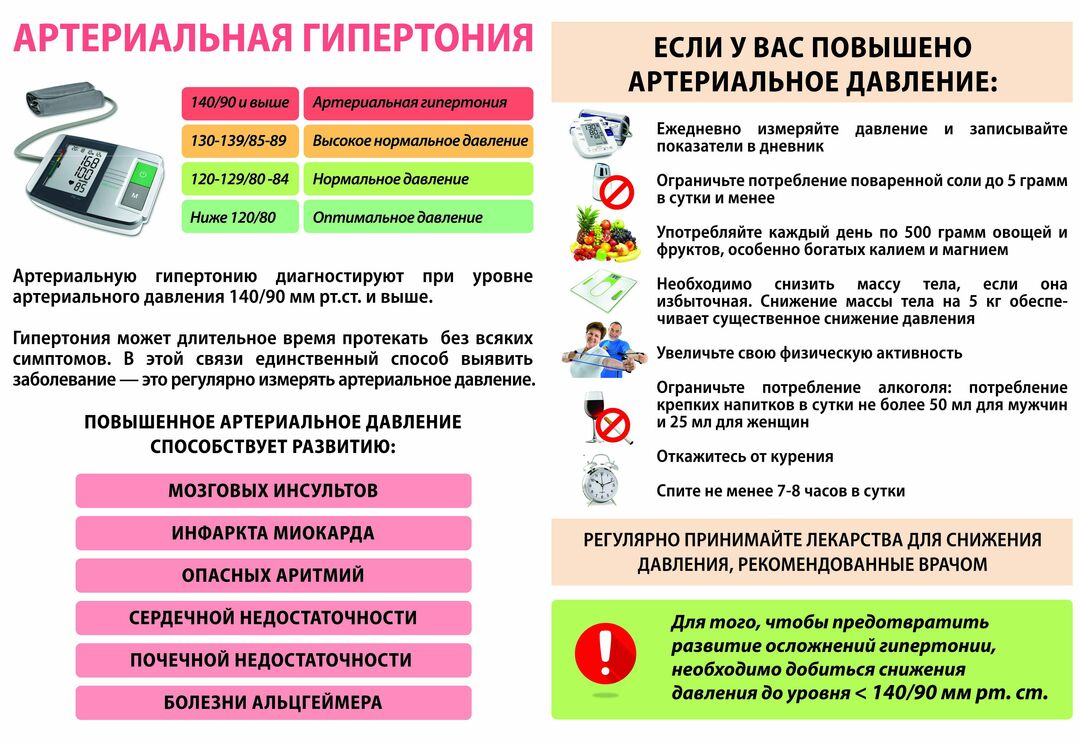Arterial hypertension and the problems of its treatment
 An important challenge for cardiologists is hypertension. Today, hypertension( AH) is understood as a condition characterized primarily by arterial pressure( BP) values exceeding 140/90 mm mercury. Pillar. If there is a rise in only systolic blood pressure( more than 140 mm of mercury column) and at a diastolic blood pressure of less than 90 mm mercury. Pillar, one should mean isolated systolic hypertension.
An important challenge for cardiologists is hypertension. Today, hypertension( AH) is understood as a condition characterized primarily by arterial pressure( BP) values exceeding 140/90 mm mercury. Pillar. If there is a rise in only systolic blood pressure( more than 140 mm of mercury column) and at a diastolic blood pressure of less than 90 mm mercury. Pillar, one should mean isolated systolic hypertension.
Insidious arterial hypertension
The frequency of AH in Russia and the United States is 21-25%.At the same time, if we consider the blood pressure to be 160 and 95 mm mercury.20% of CIS residents aged 50 years and 30% in 60 years are affected by arterial hypertension. The figures of blood pressure are greater than 140 and 90 mm mercury. Posts are registered in 50-60% of the population by the age of 50 regardless of gender. The prevalence of arterial hypertension in adolescents varies from 3 to 12% in different countries and climatic and geographical zones, and in almost 40% of people who have a transient increase in blood pressure, then there is a stable hypertension that progresses with age.
When analyzing the mortality rate from strokes aged 25-74 years, Russia does not go out of the top five in the world in recent decades, and the US - only in the third ten. The latter fact testifies: despite the known difficulties in the treatment of patients, it is possible to prevent a formidable complication of hypertension: stroke, ischemic heart disease. Therefore, today the main help for patients with AH is the prevention of complications.
However, in Russia, there are low rates of awareness and coverage of treatment of patients with AH, as well as a low percentage of controlled hypertension. If in the countries that achieved the greatest success, the last indicator approaches 30%, in Russia it corresponds to approximately 10%.In the early 21st century, a serious statistical study was conducted. It turned out that only 42% of men knew that they had hypertension, 27% were treated, and only 6% were effective. Women in a somewhat better position - 14% received adequate antihypertensive therapy.
Similar studies were conducted recently in Ukraine. A third of the population suffers from arterial hypertension. About 80% of citizens are informed about the disease, and 68% of villagers are informed. But still not everything is treated: 48% and 38%, respectively. The effectiveness of treatment varies greatly: in rural areas, time seems to have stopped - only 8% of effectiveness;In cities, the effectiveness of treatment is 19%.
Causes of low effectiveness of treatment of AH:
- Patient-related problems. Low awareness of patients about the problem of AH and possible consequences of the disease. Indifferent attitude to the therapy and as a consequence - low adherence to treatment.
- Physician-mediated aspects. Misunderstanding of the purpose of treatment, underestimation of concomitant conditions and diseases. Wrong treatment concepts, outdated methods, for example: the use of central medicine( eg, clonidine, dopegit), combined drugs( eg, adelphan).Non-compliance with the timing and intensity of antihypertensive therapy.
To date, a direct link between the indications of blood pressure and the risks of the formation of strokes and ischemic heart disease has been proved. If you lower the diastolic blood pressure to 80-85 mm mercury.pill, then in AH patients this risk is reduced by 30%.This is the level of diastolic blood pressure to which one should strive. However, the level of systolic blood pressure should also be used as a criterion for effective treatment. Epidemiological studies have confirmed that systolic blood pressure is the only risk factor that does not decrease with age. Moreover, it is the level of systolic blood pressure that is more predictive in terms of the risks of developing cerebral stroke, in comparison with diastolic blood pressure.
When choosing an antihypertensive drug, the main criteria are its effectiveness and safety. An effective drug should provide a steady reduction in blood pressure, without which it is impossible to talk about the quality of treatment. Safe antihypertensives should be metabolically neutral, do not cause changes in important vital functions, do not worsen the course of IHD and other diseases, do not give side effects.
SMD
The prognostic sign of cardiovascular complications was variability of arterial pressure, regardless of its mean level. The introduction of the 24-hour blood pressure monitoring( BPM) analysis into clinical practice makes it possible to more clearly track the patient's reactions to prescribed medications, as well as to demonstrate the daily variability of blood pressure. With the help of daily monitoring, it was found that at night, during sleep, BP decreases by at least 10% in both healthy and hypertensive patients. But in patients it still remains higher in comparison with blood pressure in healthy, and in 1/3 of patients with arterial hypertension does not occur this reduction. Sometimes in patients at night there are signs of increased blood pressure. This is absurd, because the absence of a nightly decrease in blood pressure increases the risk of cardiovascular complications.
ONMK
Another concomitant danger is acute cerebrovascular insufficiency. The most often the ONMC occurs in the morning, when the heart rate and pressure increase. Therefore, it is necessary to measure blood pressure first of all in the morning and to strive that it does not exceed the level of 130 / 80-85 mm of mercury. Pillar. This predetermines the need to use antihypertensive drugs of prolonged action, since short-acting drugs do not allow you to monitor blood pressure in the morning.
Non-pharmacological treatment of
It is used as the main one for mild arterial hypertension, and as an additional measure in all patients with AH at all stages of treatment. The criteria of proven effectiveness include normalizing weight, reducing the intake of sodium salts, limiting alcohol, increasing physical activity. Additional measures include sufficient intake of potassium, magnesium, calcium salts, cessation of smoking, reduced intake of saturated fats. However, there is no research on the impact of additional measures on the incidence rate, recommendations can be burdensome for patients and require additional costs. The need for a radical revision of the habitual way of life causes a low adherence to the treatment of most patients.



